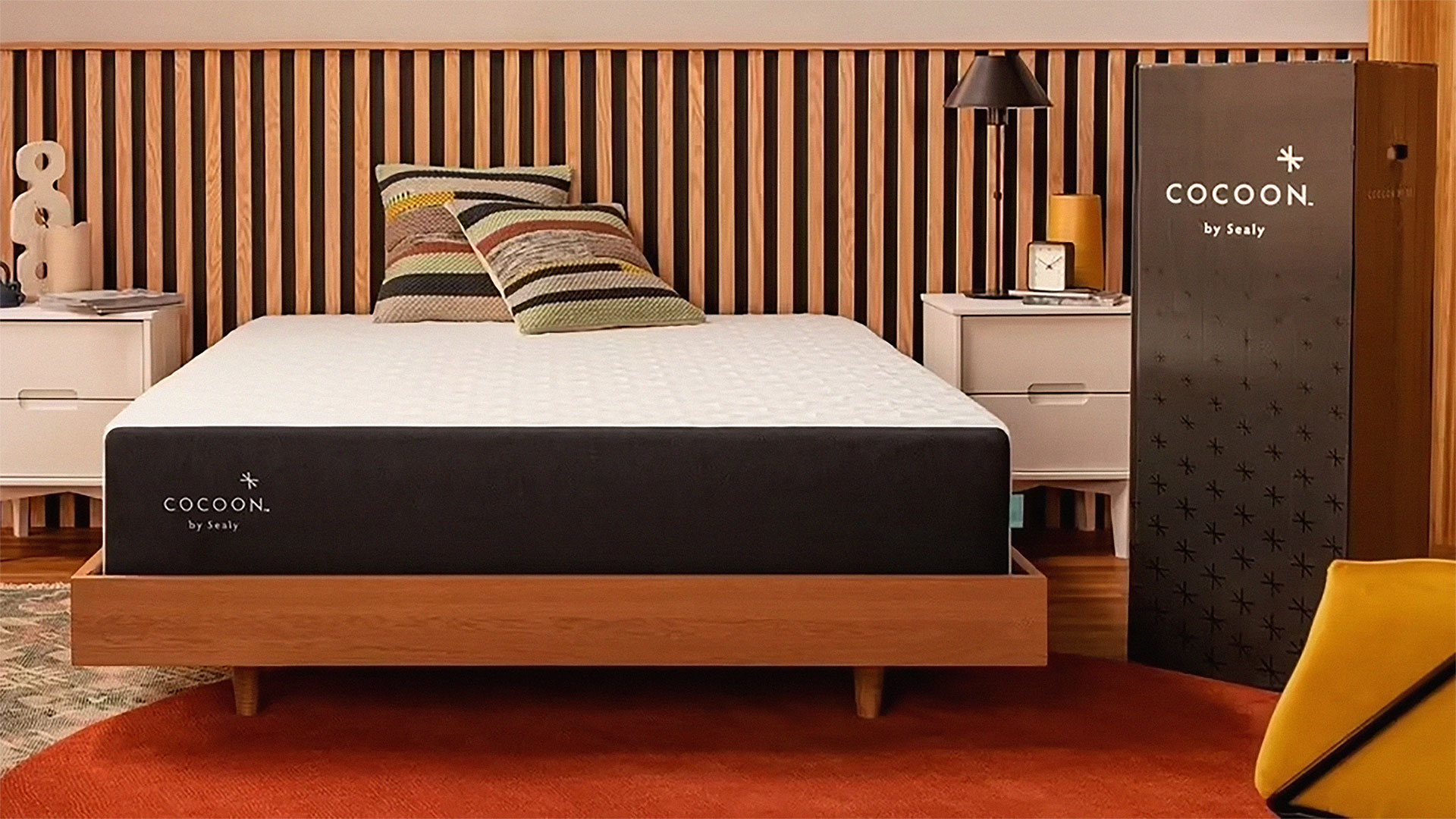The popularity of simple, minimalist decor meant that kitchen colors from the 1960s often leaned towards bright and sunny yellows, turquoise, and atomic reds. Back in the 1960s, many people believed that the colors of a kitchen should be bright and lively, as they believed it helped to keep their spirits up. Bright, vivid hues were all the rage during the mid-century modern era. Bright and airy yellow was a favorite choice for many, as it represented joy and happiness. Turquoise was another widely used kitchen color during this time, as it was associated with relaxation and wellness. Finally, for those who wanted to make a statement, Atomic Red was a popular choice in the 1960s, as the bright red shade was a bold and daring choice. Today, many people are choosing to recreate the 1960s kitchen color scheme in their own homes. Whether you want to emulate an entirely retro vibe, or simply add a few key elements for an eclectic feel, the bright shades of the '60s are always a fun option.Kitchen Colors from the 1960s: Sunny Yellows, Turquoise, Atomic Reds
Mid-century kitchen appliances were notably smaller and more streamlined than today's modern appliances. To capture the mid-century modern aesthetic in a kitchen, try selecting smaller appliances and hiding them behind cabinet doors for a sleek, minimalist look. As for the materials, opt for stainless steel, brass, and other polished metals. It's best to stick to one type of metal to keep your kitchen from looking too cluttered. And as for the designs, try to select pieces with sleek, curving lines instead of bulky blocky shapes. If you want to add a touch of retro style to your kitchen, you could try purchasing vintage appliances. Just be sure that they are in good working condition before bringing them into your home. Additionally, it's important to be mindful of older appliances that may not meet modern safety standards.Mid-Century Kitchen Appliances
What better way to add a dose of '50s and '60s flair to your kitchen design than a few retro swivel stools? These sleek bar-style seating options were popular during the mid-century modern period and they remain a beloved design element today. When selecting retro swivel stools for your kitchen, consider opting for a chrome style with a curved footrest that offers a high level of back support. Additionally, make sure to purchase stools that are adjustable in height, allowing you to accommodate different people with ease. Finally, don't be afraid to inject some color into your kitchen. Many retro stools are available in a range of bright, vibrant colors, so you can easily add a pop of color to your kitchen decor.Retro Swivel Stools: A Classic Design from the 1950s and 1960s
Vintage kitchen cabinets and countertops can transform your kitchen, giving it an instant upgrade. During the mid-century modern era, wood was the most popular choice for kitchen cabinets, as it was seen as the most timeless and natural material. For an authentic mid-century look, opt for cabinets and countertops with clean lines and no frills. Warmer wood tones paired with a white countertop are always a classic choice. Alternatively, you could inject a hint of drama into your kitchen by painting your cabinets a bold, dark hue. When it comes to countertops, marble and granite were favored in the 1950s and 1960s. However, if those materials are too pricey, there are plenty of affordable options available such as laminate or concrete.Vintage Kitchen Cabinets & Countertops from the 1950s and 1960s
The 1960s and 1970s was a time of bold, daring designs, and that extended to kitchen floors. Homeowners during this era weren't afraid to mix and match bold colors and patterns to create a truly unique look. Today, colorful kitchen floors are becoming more and more popular. If you want to recreate this retro look, try opting for a bold patterned tile, or mixing and matching different colors and designs. For a truly timeless finish, try pairing a vibrant tile with natural wood flooring. No matter what design you choose, just remember to choose materials that are easy to clean and durable. After all, a kitchen floor takes a lot of wear and tear.Colorful Kitchen Floors from the 1960s and 1970s
Open kitchen designs are all the rage today, but they were actually quite popular back in the 1960s. This era saw the rise of an 'entertaining kitchen', a space that combined the kitchen and dining area together to make it easier to host large dinner parties. To recreate a mid-century open kitchen in your own home, try creating an 'L' shape between your kitchen island and cabinets. You could also try opting for a counter-height dining table instead of a full dining set to achieve an open plan feel. Finally, don't forget to accessorize your kitchen with bold colors and prints. Options like retro kitchen towels, tablecloths, and artworks can effortlessly inject a distinctive '60s vibe into the space.Open Kitchen Design in the 1960s
Vintage kitchen lighting is essential for creating an authentic mid-century modern aesthetic. The 1950s and 1960s saw the rise of a wide variety of lighting fixtures that could be used to illuminate and accentuate a kitchen. Consider opting for vintage pendant lights to brighten up your kitchen. Star-shaped, bell-shaped, and cone-shaped pendant lights were popular during the mid-century modern period and they still make a great addition to a kitchen today. For a softer, more ambient light, try using several sconce wall lights or a chandelier. When selecting lighting, don't forget to pay attention to the finish. Popular choices during the mid-century modern period included polished brass and brushed chrome, so try to stick to these options for an authentic look.Vintage Kitchen Lighting Ideas from the 50s and 60s
Kitchen tiles were a popular choice for decorating a kitchen during the 1960s and 1970s. During this era, homeowners weren't afraid to experiment with bold patterns and colorful shades, making for some truly eye-catching designs. Today, you can recreate these bold kitchen tiles using modern materials. Tile collections with a retro look include bold geometric, Moroccan, Art Deco, and Mid-Century Modern patterns. Or if you're feeling adventurous, you could try using vinyl tiles or wallpaper to achieve the look. No matter what material you choose, make sure to choose a tile that is easy to clean and durable. After all, kitchen tiles take a lot of wear and tear.Boldly Patterned Kitchen Tiles from the 60s and 70s
Although today's modern appliances may have more features, there is still something special about vintage appliances. Whether it is a classic refrigerator or an old-fashioned stove, vintage appliances can bring a unique touch to any kitchen. When it comes to vintage appliances, there are a few options to consider. Refrigerators from the 1950s and 1960s often feature charming touches such as egg-shaped door handles and sliding metal ice makers. As for kitchen ranges, models from the 1960s and 1970s are a popular choice, as they often feature eye-catching design elements. When selecting vintage appliances, make sure to inspect them closely before bringing them into your home. Additionally, you should always double-check that an appliance is in working condition before committing to it.Vintage Appliances That Are Making a Comeback
Creating a vintage-inspired 60s kitchen design isn't as difficult as it may seem. With just a few design elements, you can transform your kitchen and achieve a timeless and unique look. To achieve a mid-century feel in your kitchen, start by selecting retro-inspired colors. Bold shades such as yellow, turquoise, and atomic reds are always a safe bet. In terms of materials, opt for stainless steel, brass, and other polished metals. When it comes to furniture, try opting for vintage swivel stools, as well as cabinets and countertops with simple lines and no frills. You can also add a few retro touches with vintage light fixtures and boldly patterned tiles. With a few simple design gestures, you can easily create a vintage kitchen look with a modern twist.PRIMARY_60s Kitchen Design – How to Create a Vintage Look
Mastering the Mid-century Retro Aesthetic of 60s Kitchen Design

One of the biggest decorating trends of 2020 is embracing the mid-century modern style inspired by the 60s kitchen design . This era of design was heavily influenced by the space age technology of the 1950s, with all its tantalizing promise of a better world. Retro kitchens were decked with bright colors, clean lines and manufactured with bold shapes and materials that could withstand the test of time.
From their neon-colored plastic chairs and geometric tiles to diner-style bar stools, there were plenty of ways to immediately take an ordinary kitchen and turn it into something truly unique. Warm wood cabinets, vibrant wallpaper and metal accents on the walls exude an air of retro nostalgia.
Organic materials, like wood, leather, and metal were all popular finishes because they could be shaped and manipulated for any look. Curved shapes, like those found in the café chairs and stools, were the perfect complement to the post-modern aesthetic.
Bright, Bold and Colorful 60s Kitchen Decor

When decorating a 60s kitchen design, think bright, bold and colorful. Choose wallpaper with bold patterns or bright colors, like yellow or pink. Install a geometric backsplash and add bright and cheerful colors with kitchen cabinets, counter tops and appliances. Paint the cabinets and furniture to match the contemporary style, or to keep it bold with a bright contrasting color.
Organic shapes and materials provide a textural contrast to the bright colors. Accessories should be kept to a minimum to avoid a cluttered look. A brightly colored wool rug will add a cozy touch, while a vintage faucet will add a retro vibe. Accent pieces like clocks, scales and utensils can add a playful feel.
Standing Time Test on 60s Kitchen Design

The design elements of the retro 60s kitchen are still popular today. Its vibrant, color-filled interiors may turn some people off, but if done right, a 60s kitchen design can truly stand the test of time. Incorporating a few elements of this style into a modern kitchen can be an easy way to add a bit of retro flair without overdoing it.
































































































/a-living-room-529730638-5ac569421f4e130036df38da.jpg)
